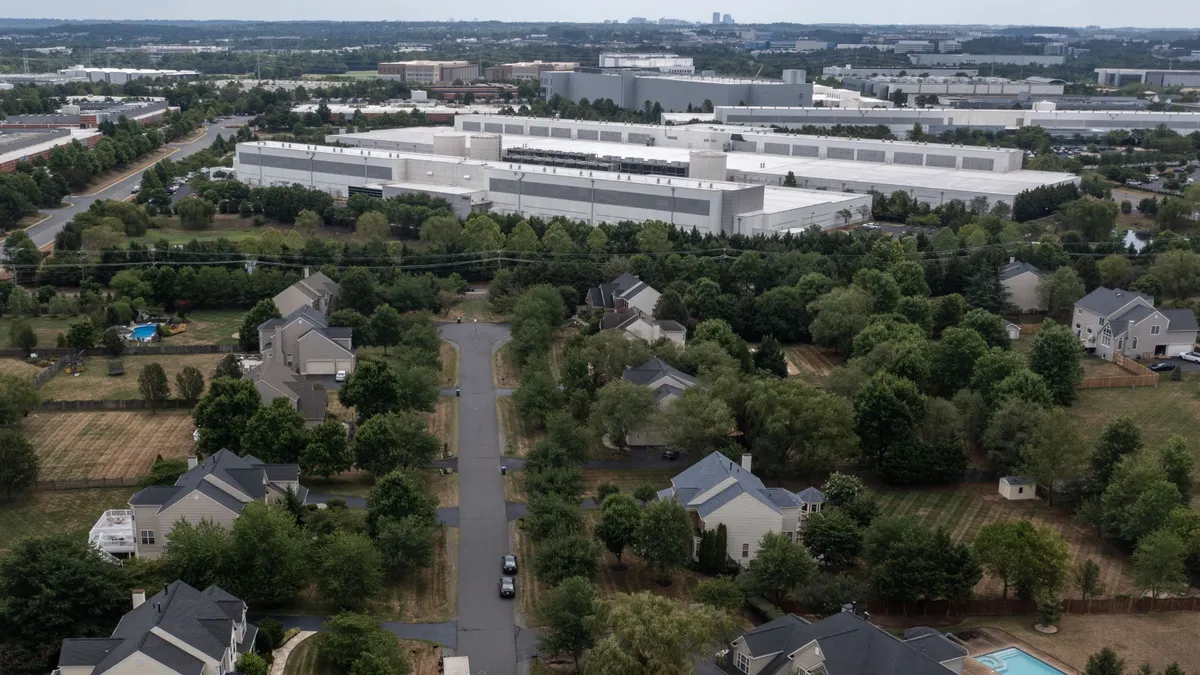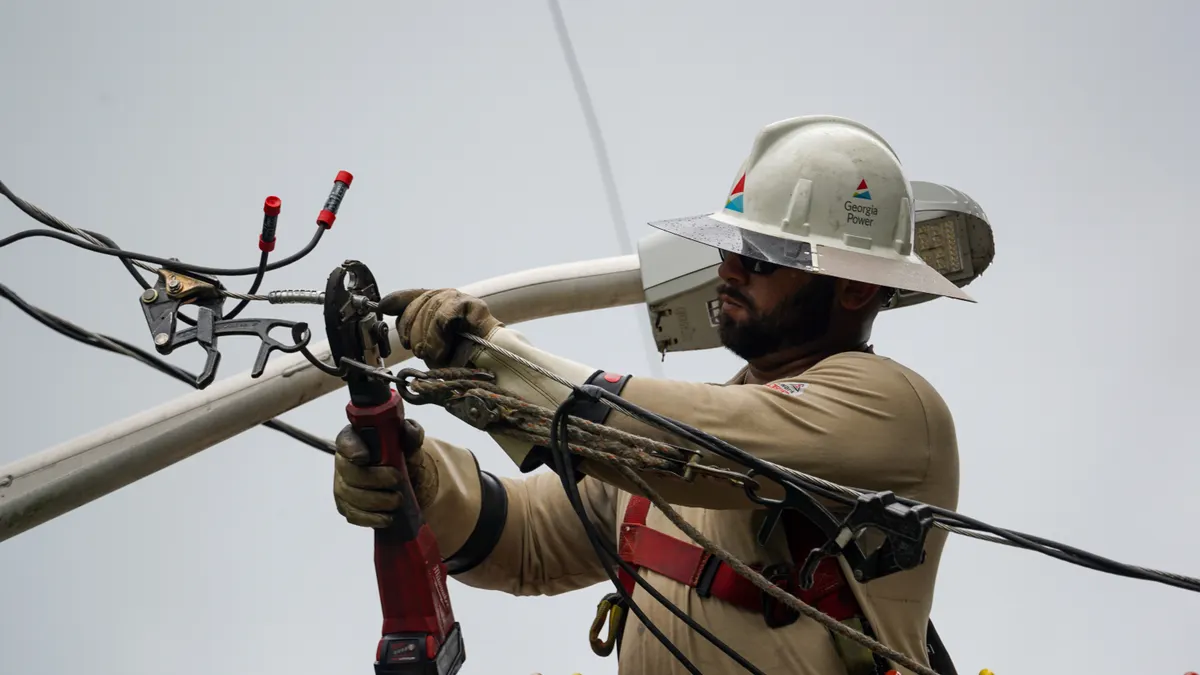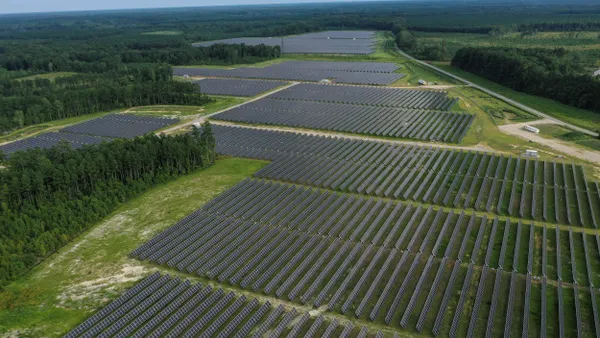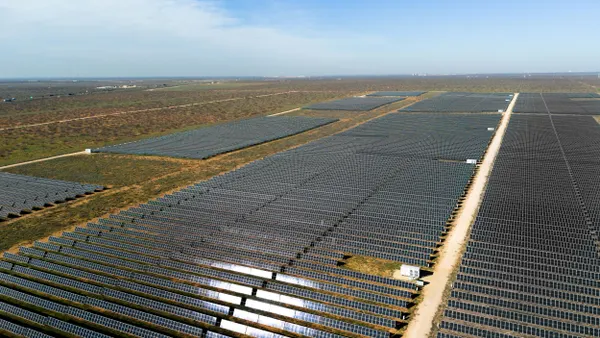NorthWestern Energy plans to propose a “large load” tariff that would set the rules for interconnecting data centers in Montana, according to filings at the Montana Public Service Commission.
NorthWestern — with a 760-MW average daily peak load and a roughly 1,300 MW peak — plans to serve at least three data centers that could scale up to a load of about 2,250 MW by 2030, advocacy groups said in a Friday filing at the PSC. The groups support creating a separate rate class for data centers that would protect other ratepayers from costs related to serving the large loads.
“Distinguishing customers into different classes allows customers to pay the costs associated with supplying their specific class — and not other classes — with electricity supply,” the Montana Environmental Information Center, Honor the Earth and NW Energy Coalition said in the joint comments filed on their behalf by Earthjustice.
The groups said Northwestern should have a new tariff for large data centers, not for all just large loads generally, and it should cover issues such as minimum load requirements, collateral requirements, support for low-income ratepayers, energy efficiency and incentives for developing clean energy resources.
The PSC should require NorthWestern to show that serving large data centers won’t harm resource adequacy or existing ratepayers before it allows the utility company to enter into service agreements with them, according to the groups.
On Sept. 3, the Montana PSC said it disagreed with NorthWestern’s contention — which it made in March — that the utility company doesn’t need the agency’s approval to supply large loads. The PSC said NorthWestern must tell potential customers with loads larger than 5 MW that they can shop for electricity from alternative power suppliers. Also, state law requires NorthWestern to show the PSC that large loads that opt to buy from the utility will not harm other customers over the long term, the agency said.
NorthWestern responded to the PSC, saying it plans to propose a large load tariff, which will provide a venue for discussing the issue.
“This will include consideration of the benefits and risks of serving such loads and examine how rate design and service terms may be structured to ensure just, reasonable, and non-discriminatory rates for all customers and customer classes,” NorthWestern said in a Sept. 17 filing. “Our goal is to ensure that all interested parties have a clear and consistent framework for addressing these critical issues, while continuing to support Montana’s economic development and protecting existing customers.”
NorthWestern said it is in talks with potential data center customers but has no letters of intent or other agreements with them. The Sioux Falls, South Dakota-based utility company said it’s too soon to say how data centers could affect its resource adequacy positions.
“NorthWestern Energy’s projected resource adequacy positions for the period 2026–2031 will be updated and provided as needed during an evaluation process for each new large load, once the relevant facts are established,” it said.
NorthWestern Energy Group and Black Hills Corp. in August said they plan to merge in late 2026, in part to bolster their finances during a period of grid expansion driven by data centers.
NorthWestern owns about 1,065 MW in Montana and contracts for about 1,070 MW, according to the company’s annual report, which it filed with the U.S. Securities and Exchange Commission in February.














